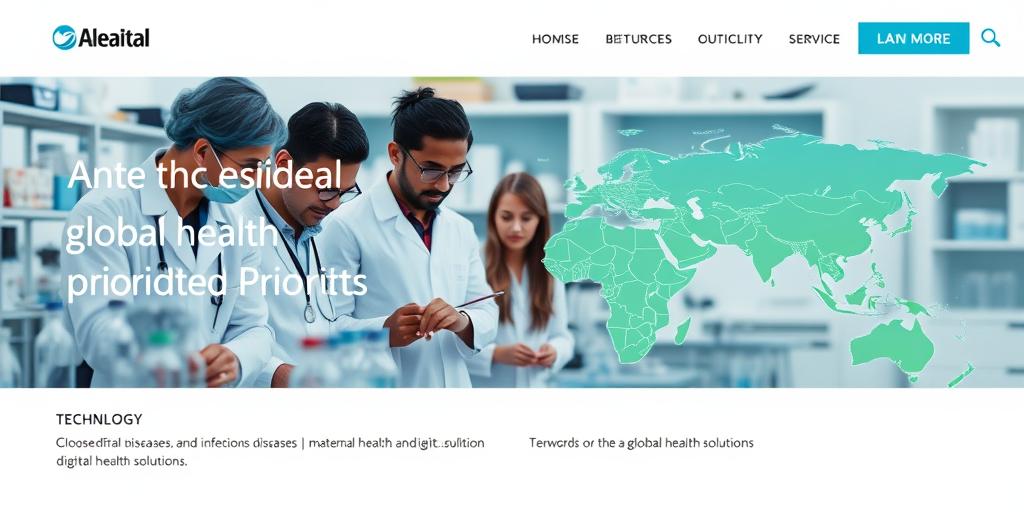Investing in Global Health R&D: Priorities for 2025
Global health research and development (R&D) plays a crucial role in addressing health challenges worldwide. As we approach 2025, it’s essential to identify and prioritize key areas for investment to maximize impact and improve global health outcomes.
The Current Landscape of Global Health R&D
Currently, global health R&D faces several challenges:
- Funding Gaps: Insufficient funding hinders progress in many critical areas.
- Uneven Distribution: R&D efforts are not always aligned with the most pressing health needs in low- and middle-income countries (LMICs).
- Lack of Coordination: Fragmented efforts can lead to duplication and inefficiency.
- Access Barriers: Even when new technologies and treatments are developed, ensuring access for those who need them most remains a challenge.
Priority Areas for Investment in 2025
To address these challenges and accelerate progress, investments in global health R&D should focus on the following priorities:
-
Infectious Diseases:
- Antimicrobial Resistance (AMR): Investing in the development of new antibiotics and alternative treatments to combat AMR.
- Neglected Tropical Diseases (NTDs): Focusing on R&D for NTDs that disproportionately affect the world’s poorest populations.
- Pandemic Preparedness: Strengthening R&D capacity for rapid response to emerging infectious disease threats.
-
Maternal and Child Health:
- Maternal Mortality: Developing innovative solutions to reduce maternal mortality rates, particularly in LMICs.
- Childhood Diseases: Investing in vaccines and treatments for common childhood illnesses like pneumonia and diarrhea.
- Nutrition: Improving nutrition through R&D on nutrient-rich crops and interventions to address malnutrition.
-
Non-Communicable Diseases (NCDs):
- Cardiovascular Diseases: Investing in research to prevent and manage cardiovascular diseases, which are a leading cause of death globally.
- Cancer: Focusing on early detection and treatment of cancer, particularly in resource-limited settings.
- Diabetes: Developing strategies to prevent and manage diabetes, a growing global health concern.
-
Health Systems Research:
- Digital Health: Investing in digital health technologies to improve access to healthcare and strengthen health systems.
- Health Workforce: Supporting research on training and retaining healthcare workers, especially in underserved areas.
- Health Financing: Exploring innovative financing mechanisms to ensure sustainable funding for healthcare.
Strategies for Effective Investment
To ensure that investments in global health R&D are effective, the following strategies should be adopted:
- Strengthening Research Capacity: Building research capacity in LMICs through training programs and infrastructure development.
- Promoting Collaboration: Fostering collaboration between researchers, policymakers, and the private sector.
- Ensuring Data Sharing: Encouraging open access to research data to accelerate progress.
- Prioritizing Implementation Research: Investing in research to translate findings into effective policies and programs.
Conclusion
Investing in global health R&D is essential for improving health outcomes and reducing health inequities worldwide. By prioritizing key areas such as infectious diseases, maternal and child health, non-communicable diseases, and health systems research, and by adopting effective investment strategies, we can make significant progress toward achieving global health goals in 2025 and beyond.
